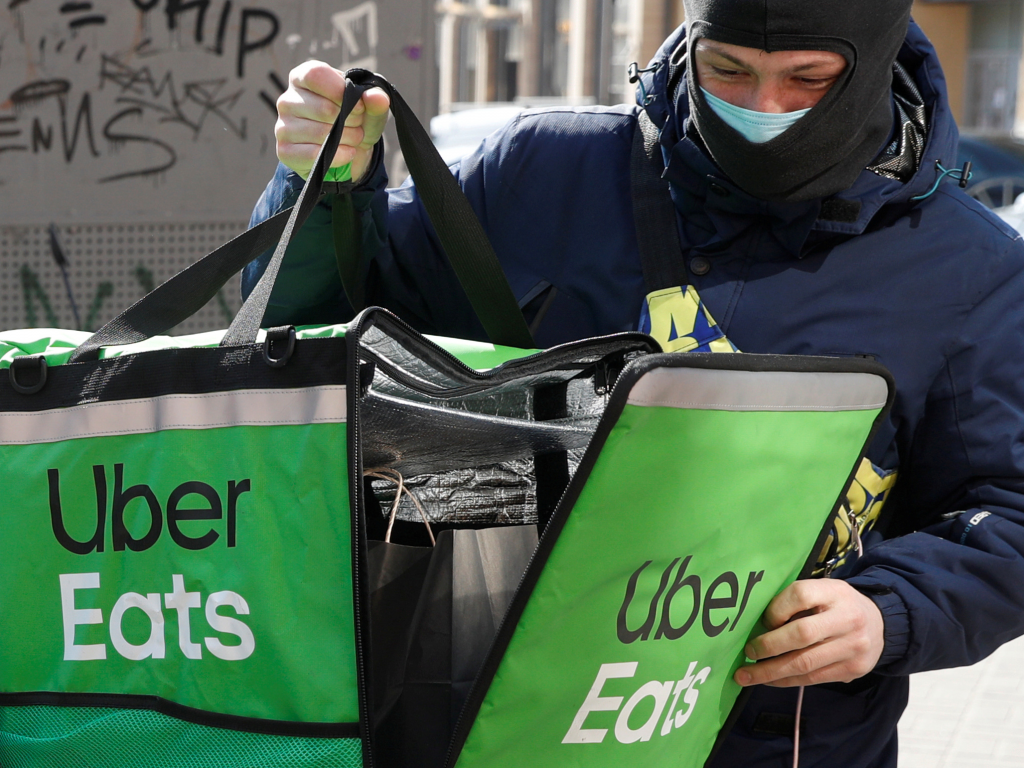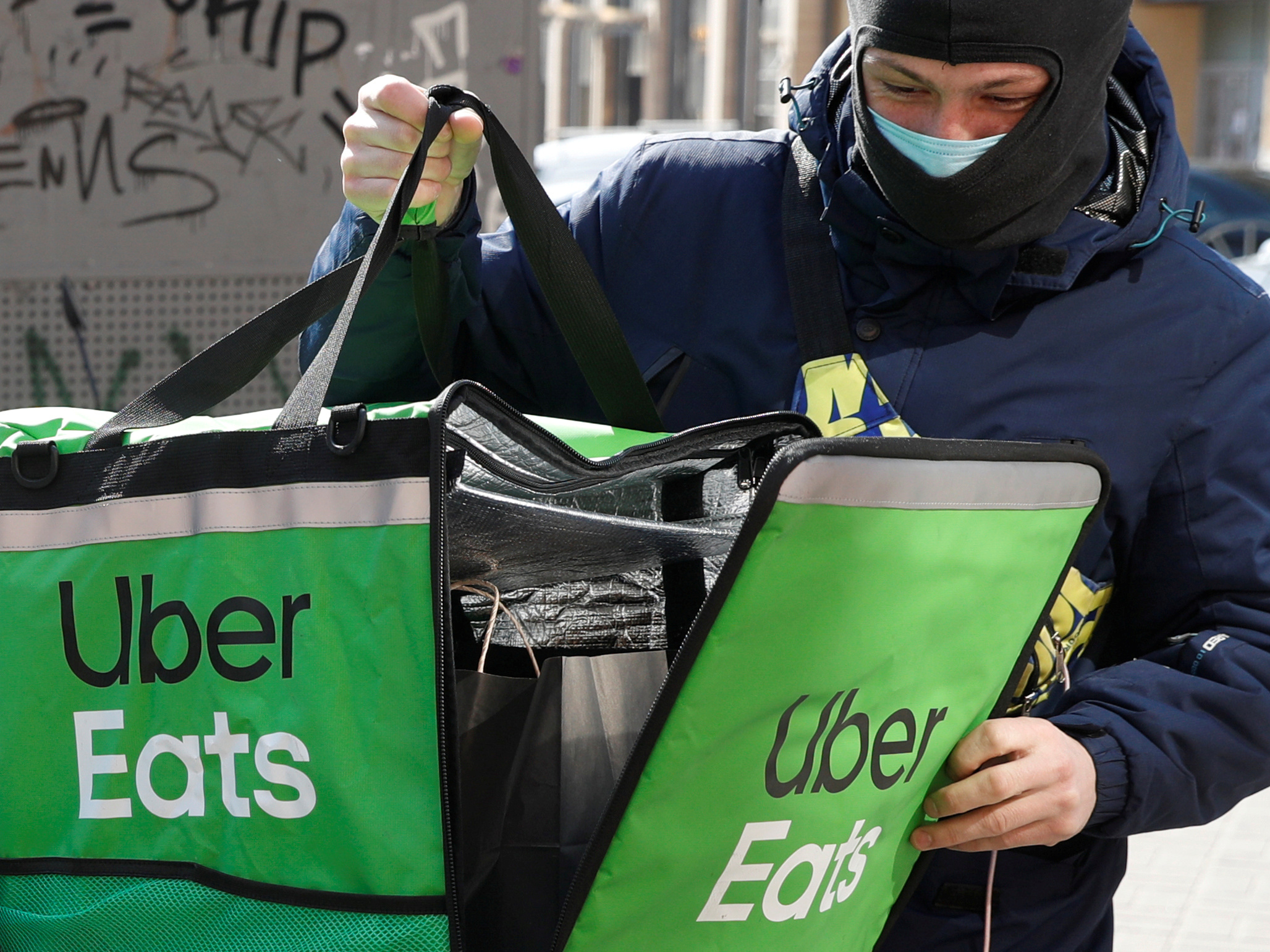
Third Party Food Delivery Strategies
How long has your restaurant considered building a third-party food delivery strategy? If your restaurant hasn’t, you’re behind. The trends toward convenience over visiting a restaurant have only grown stronger, and due to the current COVID-19 pandemic restaurateurs are looking to leverage third-party delivery services. Of course, that isn’t always the simplest and easiest thing to accomplish. Restaurant operators and owners should take the time to understand the misconceptions about third-party delivery, follow the best practices to build a successful strategy and lastly, look into options that can potentially maximize value.
COMMON MISCONCEPTIONS IN THIRD-PARTY FOOD DELIVERY
The industry is changing and adapting in a way that reflects the current needs of customers and businesses alike. Restaurants owners and operators understand the value of third-party food delivery companies, but often fail to recognize misrepresentations that can lead to larger issues.
At the inaugural Future Restaurants conference in Austin [in 2019] the conversation around off-premise delivery companies centered on the dangers of striking a deal before operators have done their due diligence, and challenged the notion that third-party partnerships are key to survival in today’s market.
In fact, consider these top misconceptions of third-party food delivery services:
- Third-party delivery commissions are clear cut and dry. Reality shows that commissions may vary based on distance, order total, time of order, and more. Failure to know the specifics will lead to poor visibility into total commission charges.
- Third-party delivery is only a marketing tactic. Third-party restaurant delivery does serve as a marketing strategy, but it is not always equal to marketing for your brand.
- Third-party services always share data and bring in new customers. While third-party services may bring in new customers, the customers are not necessarily yours. In the third party app, the customers are less a customer of the restaurant in which they ordered from and more a customer of that third party app.
STEPS TO BUILDING A SUCCESSFUL THIRD-PARTY FOOD DELIVERY STRATEGY
Restaurateurs should follow these steps to build a successful third-party food delivery strategy:
- Know your data, including expectations for delivery volume, the average cost to deliver, and more.
- Choose an aggregator or delivery service provider.
- Integrate your existing POS into the third-party platform or vice versa.
- Create metrics to track the performance of third-party providers before launching delivery.
- Use analytics to gain insights into the data.
- Reduce the risk of franchisee underreporting by eliminating all tablet-only delivery services immediately.
- Work with an expert restaurant solutions’ integrator.
ADDITIONAL CONSIDERATIONS IN BUILDING YOUR STRATEGY
Before jumping into delivery pools, it is wise to take a few considerations, including:
- Assess the potential disruption of delivery during implementation.
- Consider using delivery services only as a white-label alternative to in-house delivery.
- Review available delivery services that serve additional areas not already covered by existing providers.
- Remember the risks of franchisee underreporting.
- What additional staff will be needed to handle the orders?
- How will drivers pick up orders for delivery?
- Include delivery ordering details in all branded experiences, including web browsers and apps.
TALK TO AN EXPERT WHO CAN HELP
The need for third-party delivery is a common principle of today’s restaurants. While some argue against third-party delivery, failure to connect with guests through third-parties opens the door to alienating your base. However, certain brands like Jimmy John’s which are predicated on branded in-house delivery have broadly denounced third party delivery companies. Unless your brand falls into that category, launching a delivery service through a third-party company could positively impact your success and brand longevity. Learn more about how to kickstart your third-party food delivery strategy by connecting with TRG now.





